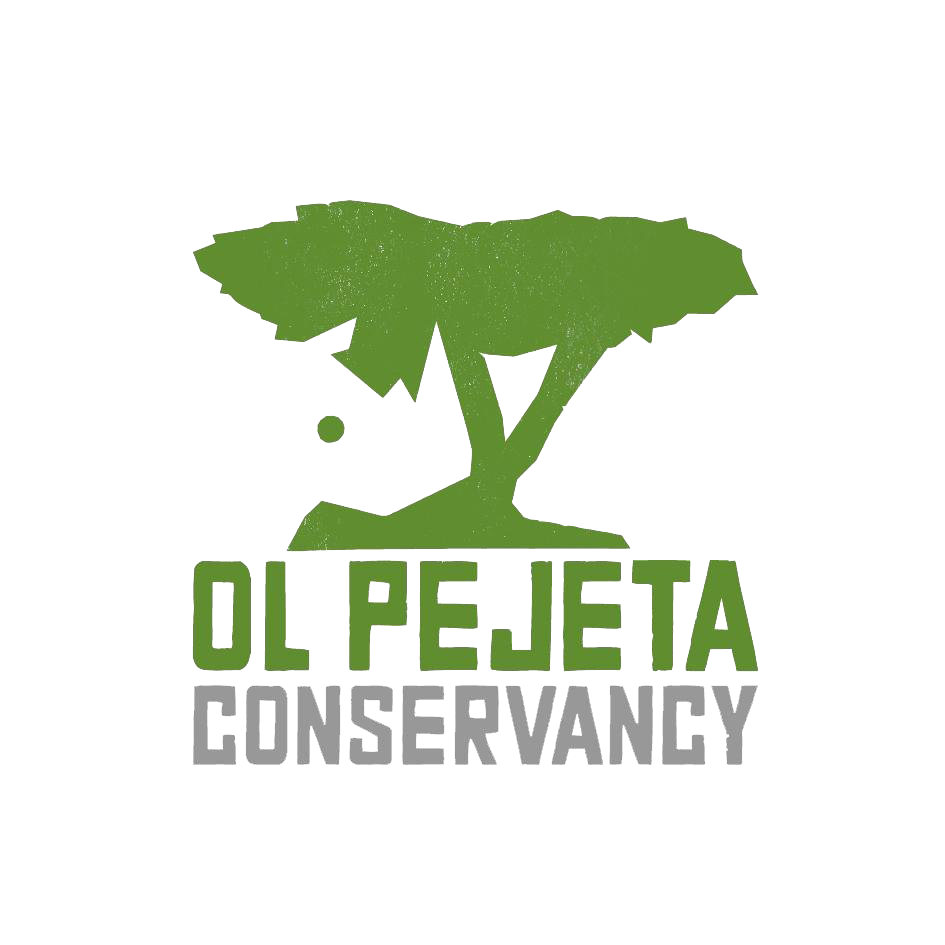We are in the midst of various global crises. Fires are engulfing the amazon forest; destroying a natural resource that absorbs billions of tons of carbon from the atmosphere. Extreme weather patterns are growing and wreaking havoc on communities across the globe. The growing list of problems seems insurmountable and overwhelming to fully comprehend. We found hope and a poetic analogy of our ability to overcome the impossible in the following story.
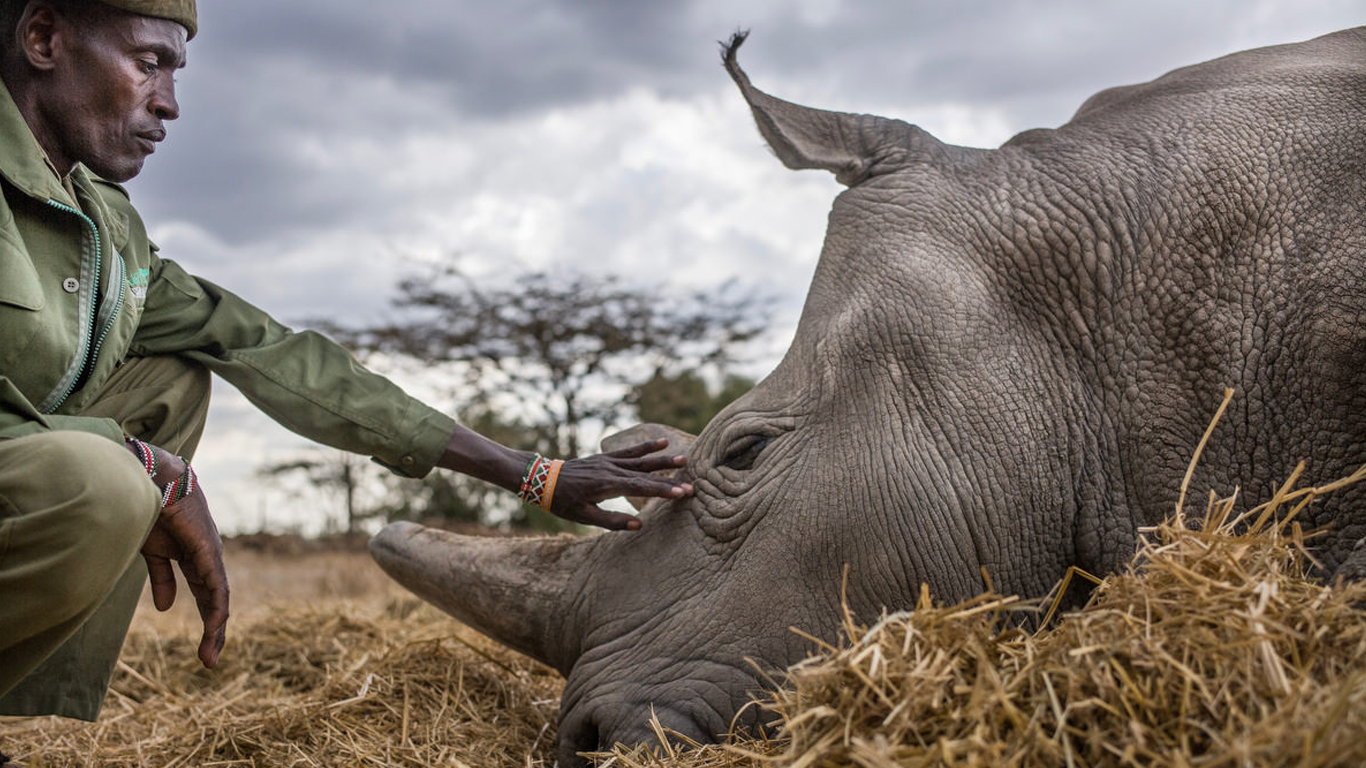
Ol Pejeta Conservancy works to conserve wildlife and generates income through wildlife tourism and complementary enterprise for reinvestment in conservation and communities. The conservancy is also home to the last two northern white rhinos on the planet. In 2018, Sudan, the last remaining male passed away from natural causes. Sudan's death signaled the end of their species despite numerous attempts to breed with the remaining two female rhinos. The loss of habitat and poaching over the years has now led to the near extinction of their species.
The last two females, Fatu and Najin, live in a vast protected area where they are free to roam. They are monitored 24 hours a day by caretakers and armed guards. The guards stay alert for poachers or other harmful activity. Most recently, in 2018, a gunfight ensued that resulted in the death of a few poachers. The guards take tremendous pride in their work and sacrifice to protect these animals. They all live away from their families by working twenty days on and six days off at the conservancy. Their sacrifice has led to a magnificent bond with these majestic animals.
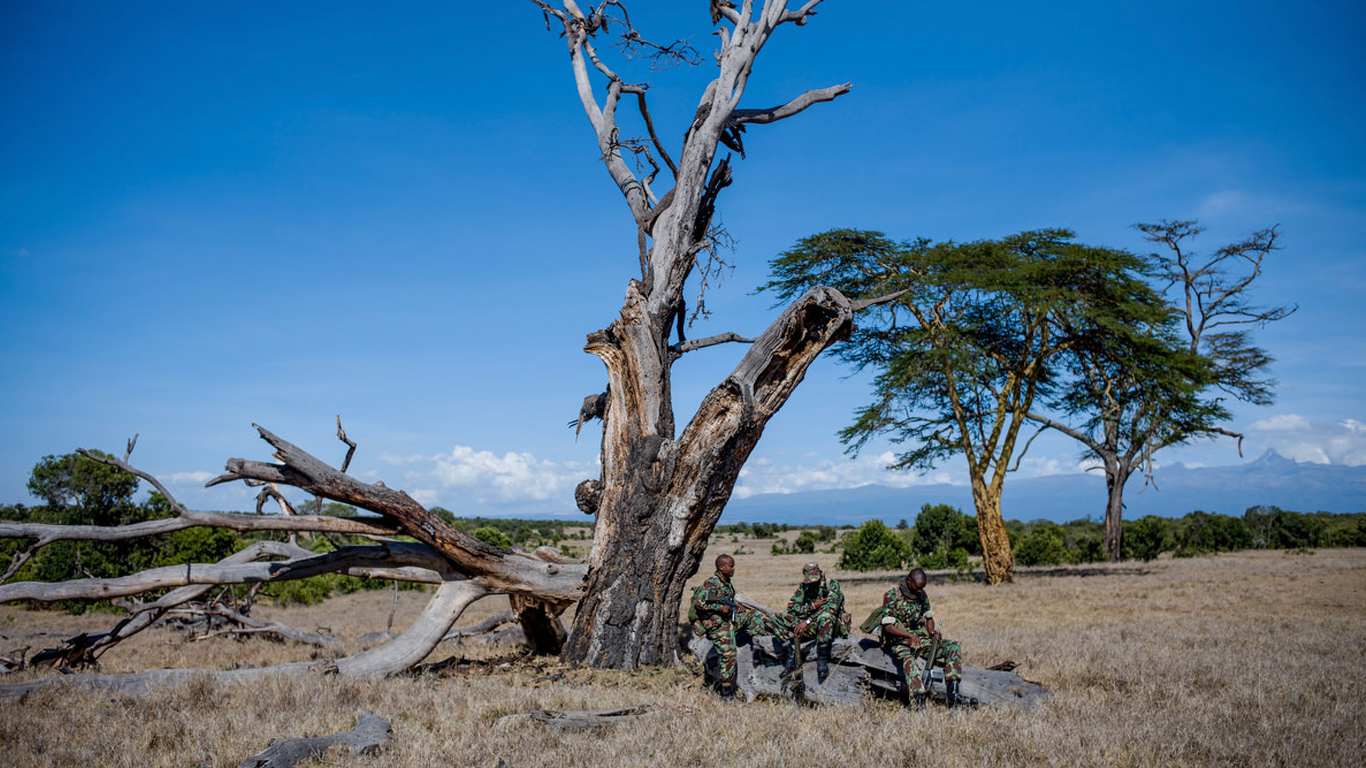
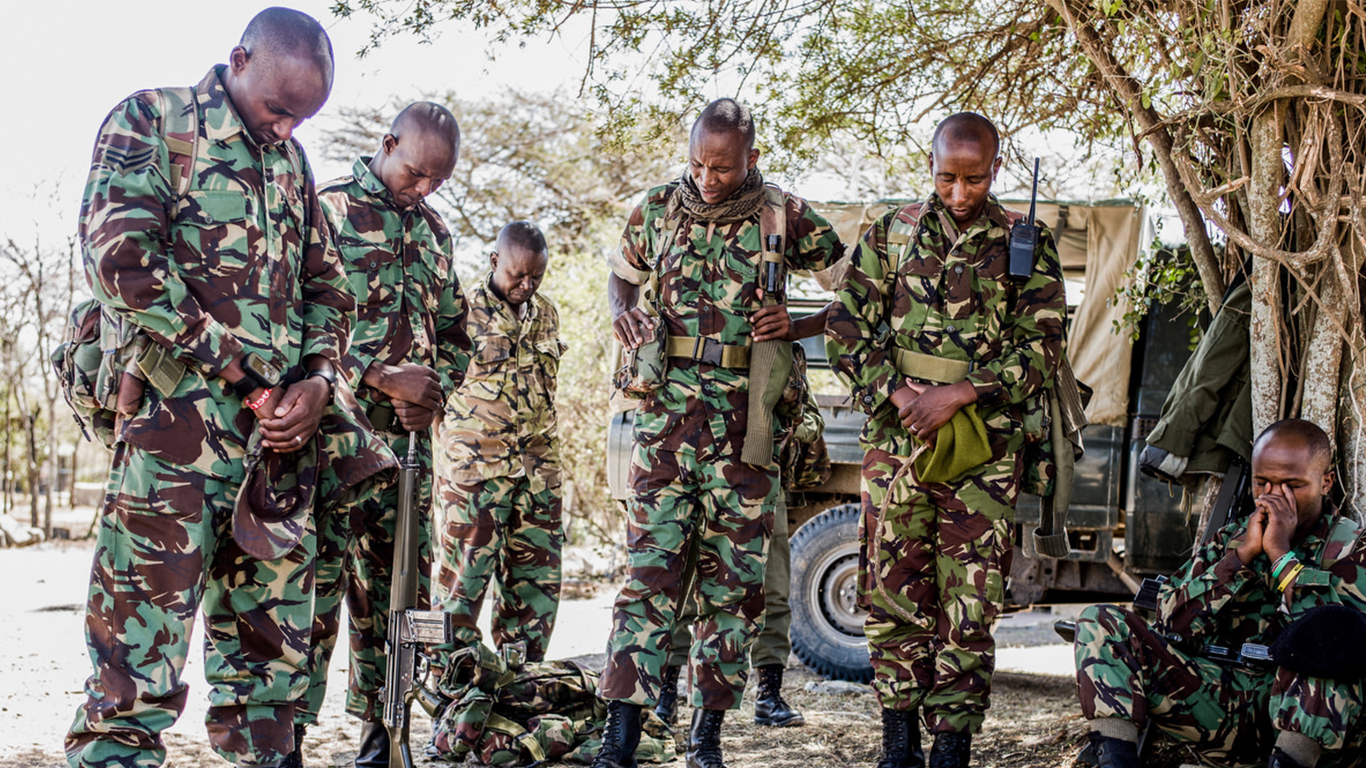
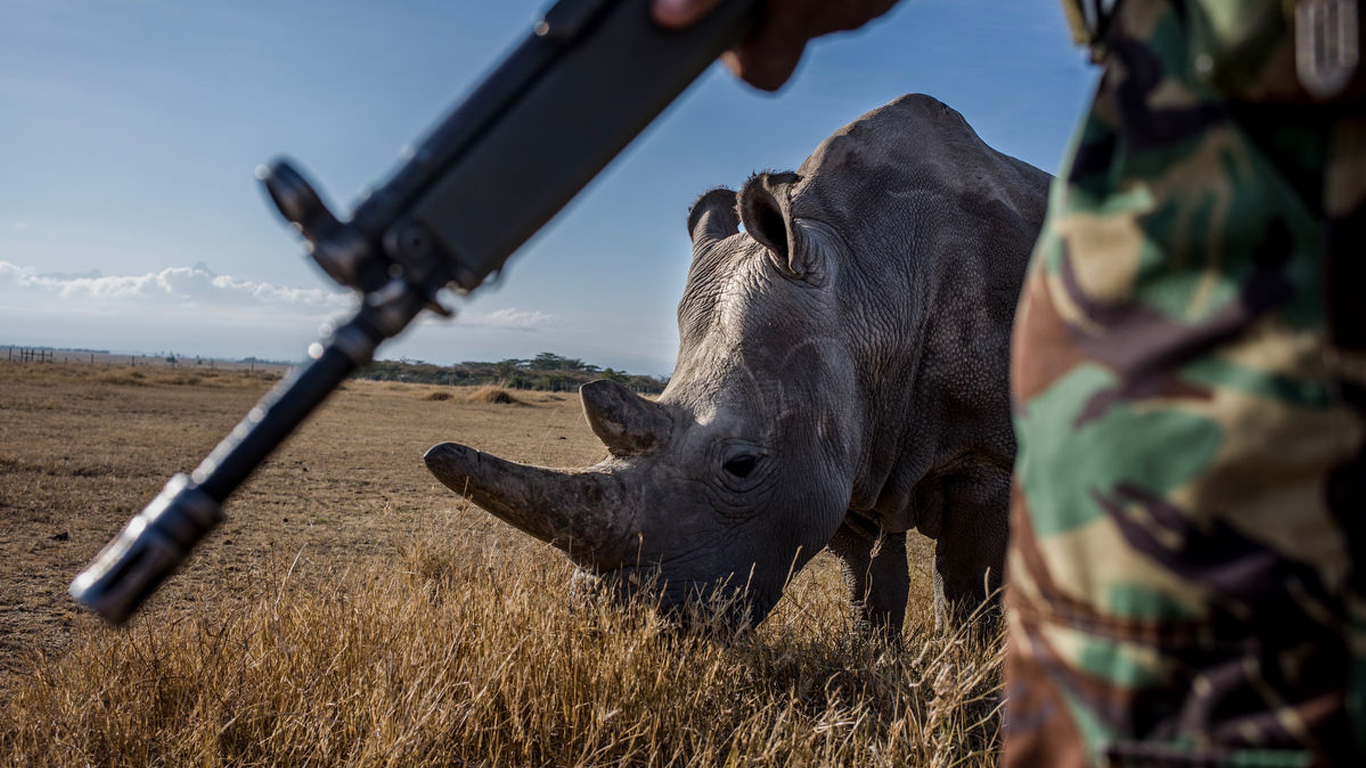

The advancement of science has created hope that this rhino species can still survive. Leading institutions are working on using in-vitro fertilization (IVF) to prevent extinction and grow the rhino heard within the next few years. The science to accomplish this task is cutting-edge and risky, but something must be done to remedy a tragedy that was man-made.
During IVF in humans, a woman’s hormone levels and egg development are carefully monitored with blood tests, ultrasounds, and egg retrieval, while fertilization is precisely timed. But for a rhino, the effort is much more difficult. The process can not be monitored the entire time and can be unpredictable. If successful, the procedure will save the rhino species from extinction and showcase the success possible against improbable odds.
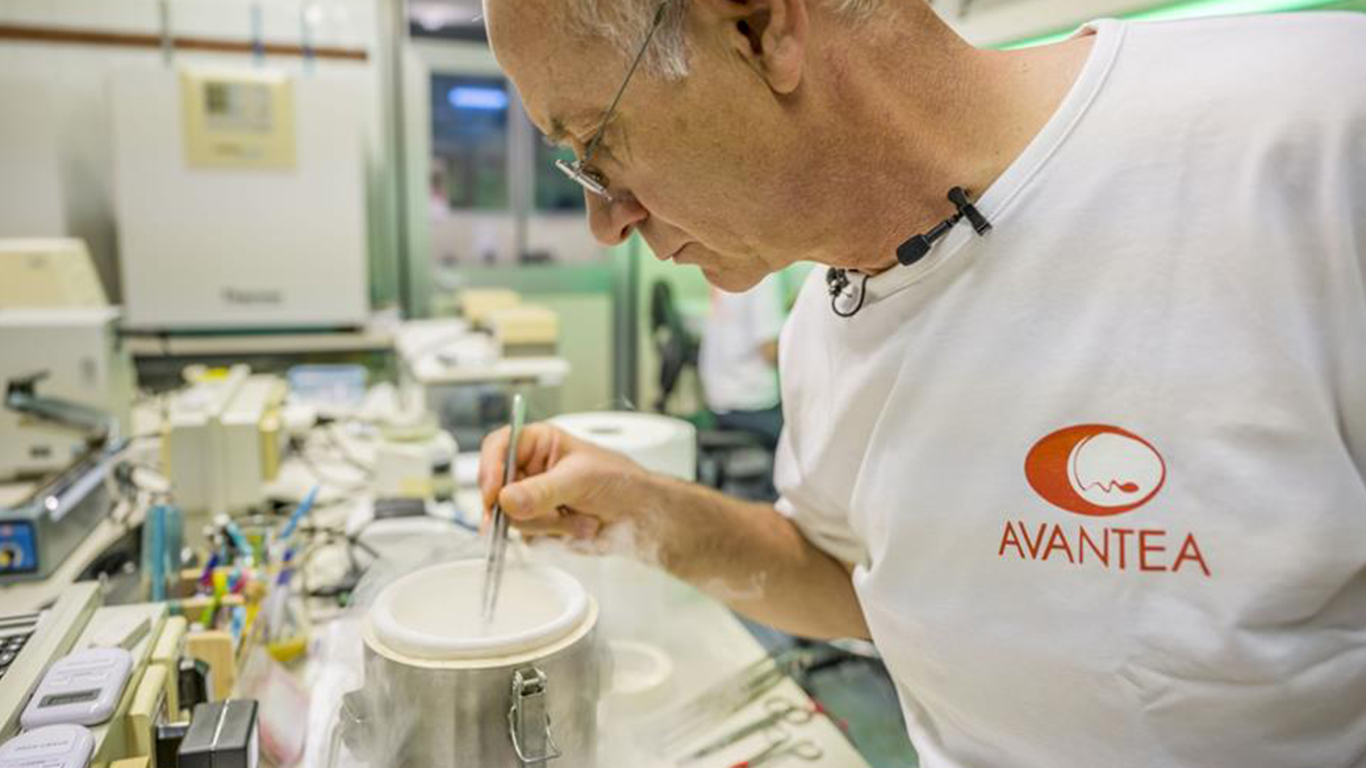
Tremendously, their team has successfully created the first-ever in-vitro embryos for the white rhinos. Two embryos were created using eggs collected from Fatu, the youngest of the two northern white rhinos and frozen sperm from Suni a deceased northern white rhino. The embryos are now stored in liquid nitrogen and will be transferred into a surrogate mother soon.
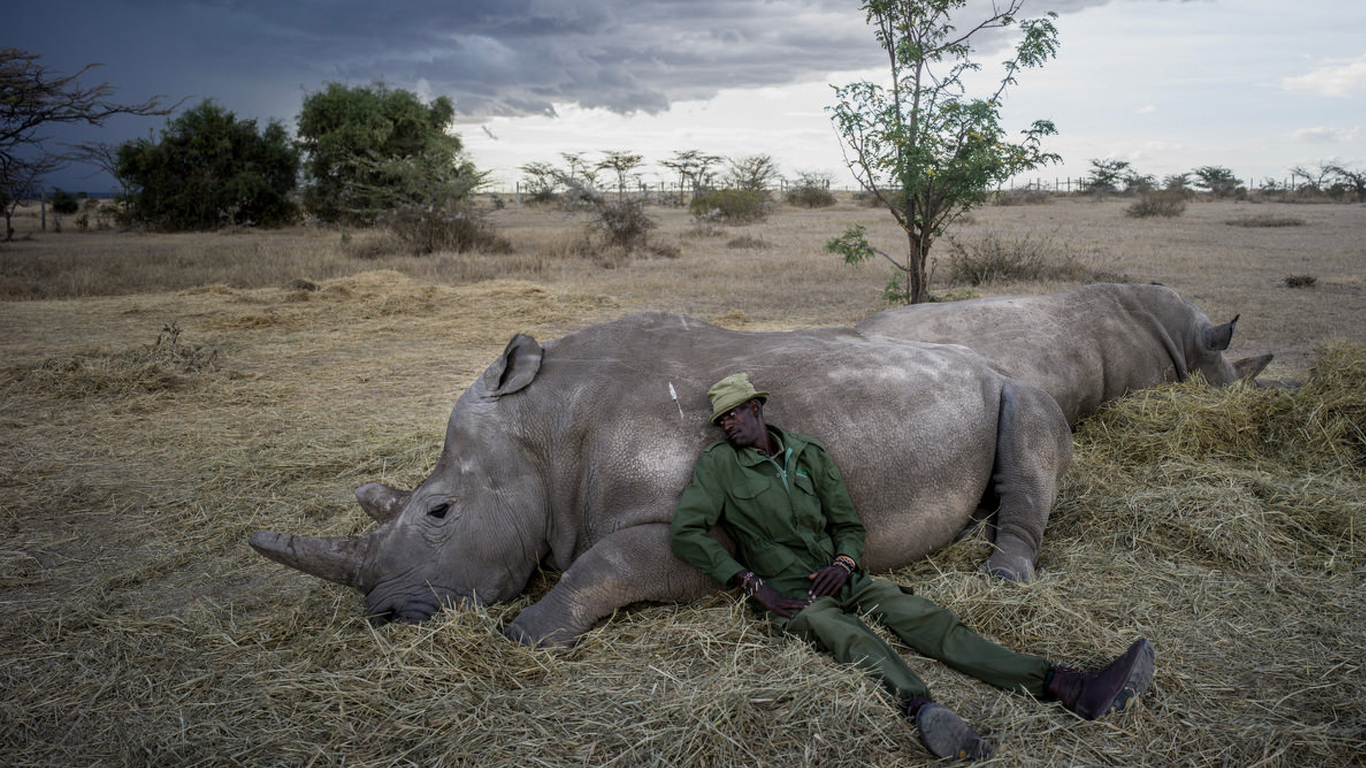
There are solutions to the problems we face around the globe. With bolder actions, we can prevent more of these tragic scenarios that not only push species but entire ecosystems to the brink of extinction. The Northern White Rhinoceros story should serve as a warning and that we can't ignore our connections to nature - or each other.
We are proud to support the recovery of this majestic species and have faith in the team working to prevent their extinction.






